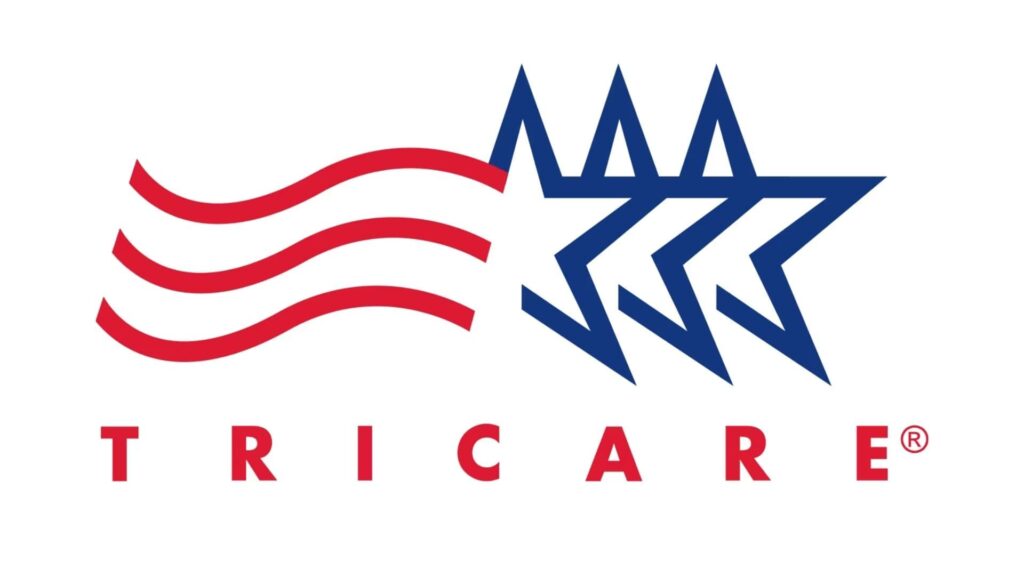The Army hopes its new one-stop human resources system will reduce paperwork for individual soldiers. But it will take time for commanders to use its capabilities, officials say. Some formations are already cutting red tape. For example, an Army Times source said a unit uses customization features in IPPS-A to let its soldiers request block leave without filling out long paper packets.
Payroll
Payroll processing involves more than just calculating a person’s gross salary or wages. It also involves collecting information about their personal details and tax forms; calculating and reporting their earnings, including overtime, commissions, bonuses, and non-salary or wage benefits; and deducting taxes and other withholdings from their earnings.
Unlike the old paper-based system, IPPS-A makes it easy for Soldiers to file changes to their personnel records online using one online system and to track the progress of those changes as they’re made. It also provides transparency in how record changes are processed, Lust said.
But some units’ human resources professionals have used the customization features available in IPPS-A to add layers of bureaucracy into the process, sources told Army Times. Some units, for instance, require a chain of approvals before a service member can request block leave despite the service member meeting the unit’s readiness or training metrics.
The Army is working to remedy these problems and planning major software upgrades. As the system is updated, it will be integrated with other Government systems to eliminate duplication of work and improve accuracy and efficiency. The first upgrade is expected to be deployed this year in 60 pilot MDAs and LGs.

Leave and Earnings
The Army’s current HR systems can be like a Gordian knot. The Integrated Personnel and Pay System-Army (IPPS-A) cuts through that knot, making it easier for commanders, human resources managers, and career managers to understand the talent in their formations.
The biweekly LES provides a breakdown of your pay and deductions for the period and cumulative amounts for the year. You can also see the YTD leave balance and retirement deductions. The LES includes information from your agency and DFAS.
If you have a problem with a benefit, make sure to contact your benefits representative. For example, if you discover that a TSP or life insurance premium isn’t being deducted from your paycheck, don’t wait to notify your timekeeper. They can fix the error before it causes problems.
Fields 20-22 contain your entitlements, allowances, deductions and allotments. These are all the items you earn each pay period, and they’re based on the information your command provides to DFAS each pay period.
Fields 25-32 contain leave information. BF BAL shows the total amount of leave you’ve earned since the beginning of your fiscal year or term of service. ERND shows the amount of leave that you’ve used up this fiscal year or term of service. And USE/LOSE shows the projected number of days that you’ll lose if you don’t take enough leave this fiscal year or term of service.
Retired Pay
As a retiree, you continue to earn Cost of Living Adjustments (COLA) every year. The COLA is based upon the Consumer Price Index, as described in 10 U.S. Code SS 1409a. Currently, the annual COLA is 3.6%.
In most cases, your first retirement payment should arrive on the first day of the first month after you leave active service. This assumes that all debts are settled and that you have submitted a correct DD Form 2656. You should then receive monthly payments, minus tax withholding, on the first day of each month.
Your monthly retirement payment amount is determined by years of service and your pay rate at the time of separation. The formula is a multiplier of your final base pay plus 2.5% for each year of service. The multiplier is calculated differently for an active duty retirement and a Reserve Component SBP retirement.
Each regional office (RO) appoints a retirement pay coordinator to handle questions from retirees and others about military retired pay. The coordinator is the authorization activity’s single point of contact for telephone inquiries to the Defense Finance and Accounting Service (DFAS). The RO military records specialist (MRS) also has this responsibility.

TRICARE
In a world of ever-changing healthcare benefits, the military is changing the way it handles them. The current military healthcare benefit, known as TRICARE, provides healthcare coverage to active duty service members and their families. It also covers dependents of separating service members and retired military.
TRICARE benefits are administered by the Defense Finance and Accounting Service (DFAS), which is the primary financial management organization for the DoD. DFAS manages payroll processing, payments to vendors, and other financial activities. IPPS-A connects to DFAS to ensure soldiers receive their pay correctly and on time.
In addition to facilitating paychecks, IPPS-A consolidates several manual HR processes and provides online tools that Soldiers can use to manage their own data. The system uses an advanced software platform that complies with cyber security standards. It also incorporates a comprehensive audit trail.
Brooke Army Medical Center and Troop Command military human resources personnel have been working for more than a year to ensure a smooth transition to the new Integrated Personnel and Pay System-Army, which launched Jan. 17. The online system gives Soldiers the ability to view, track and initiate HR transactions that result in the payment of entitlements. It supports readiness and talent management and improves records accuracy and auditability. It also provides 24/7 access via a website and mobile application.
